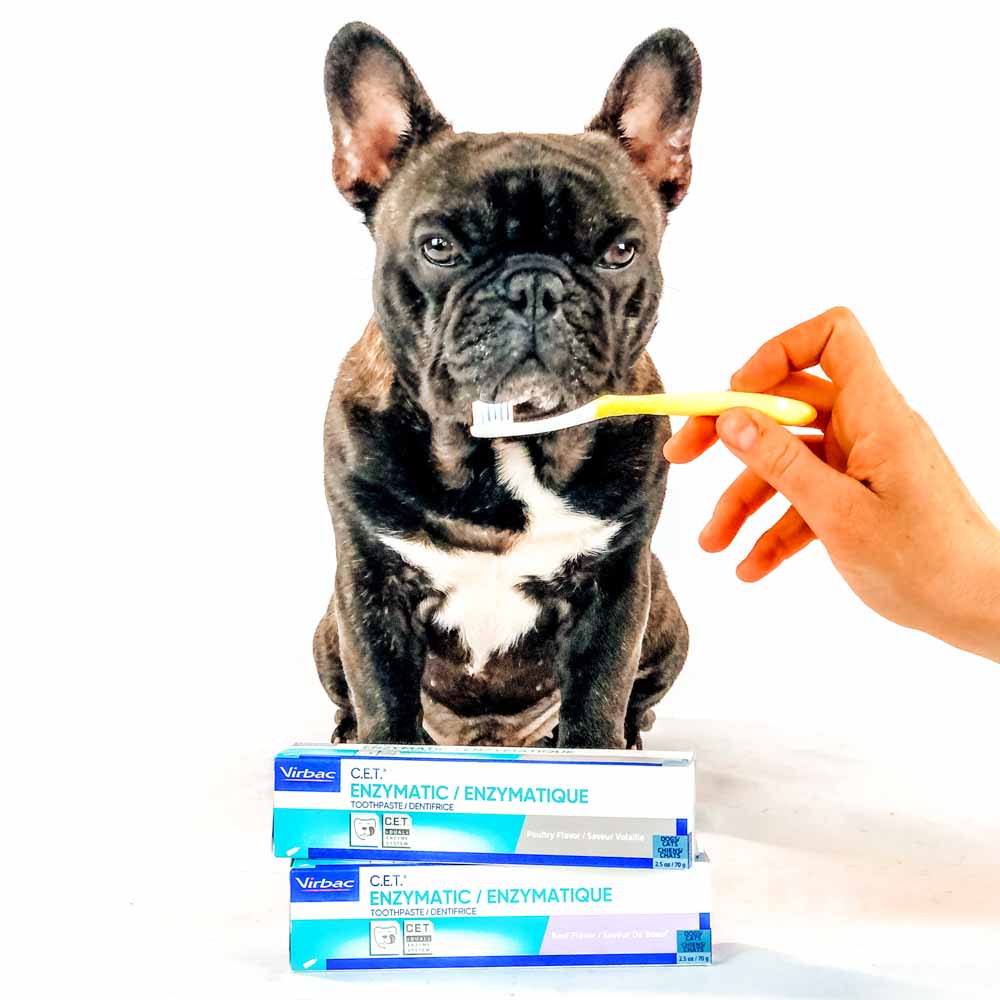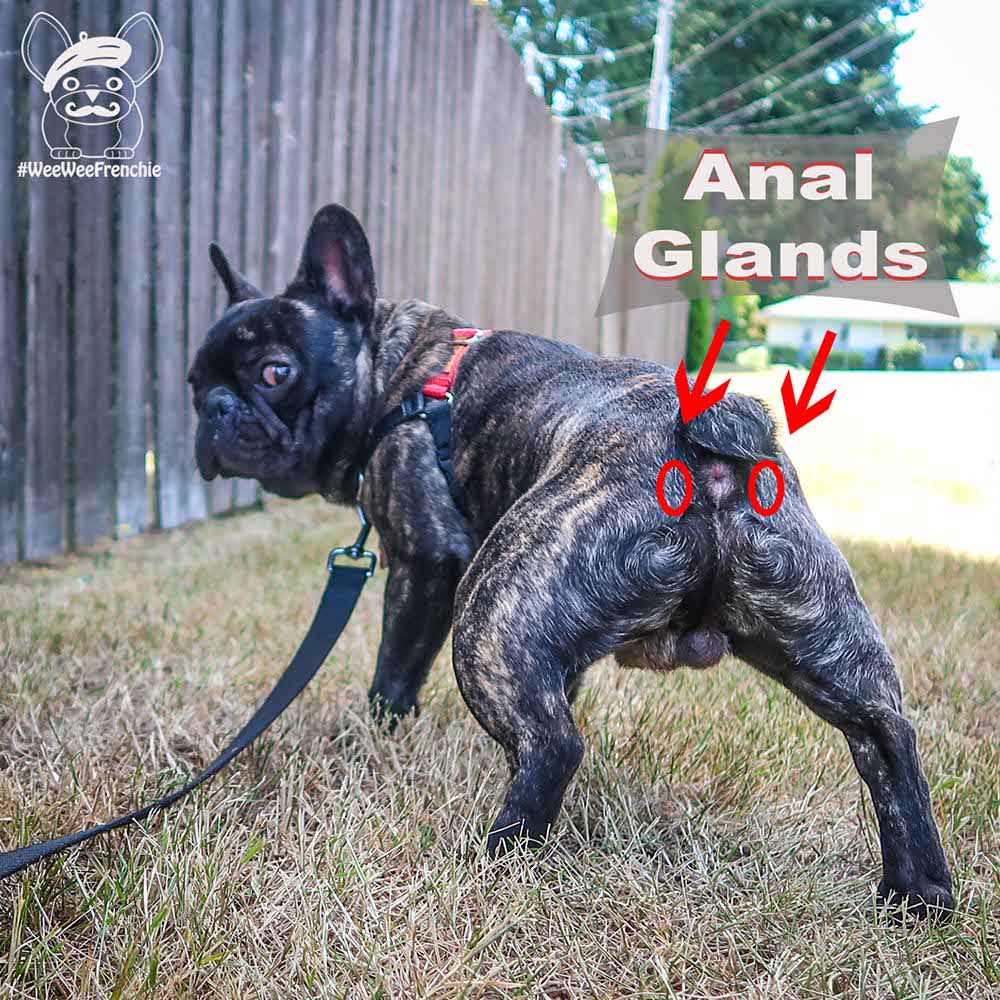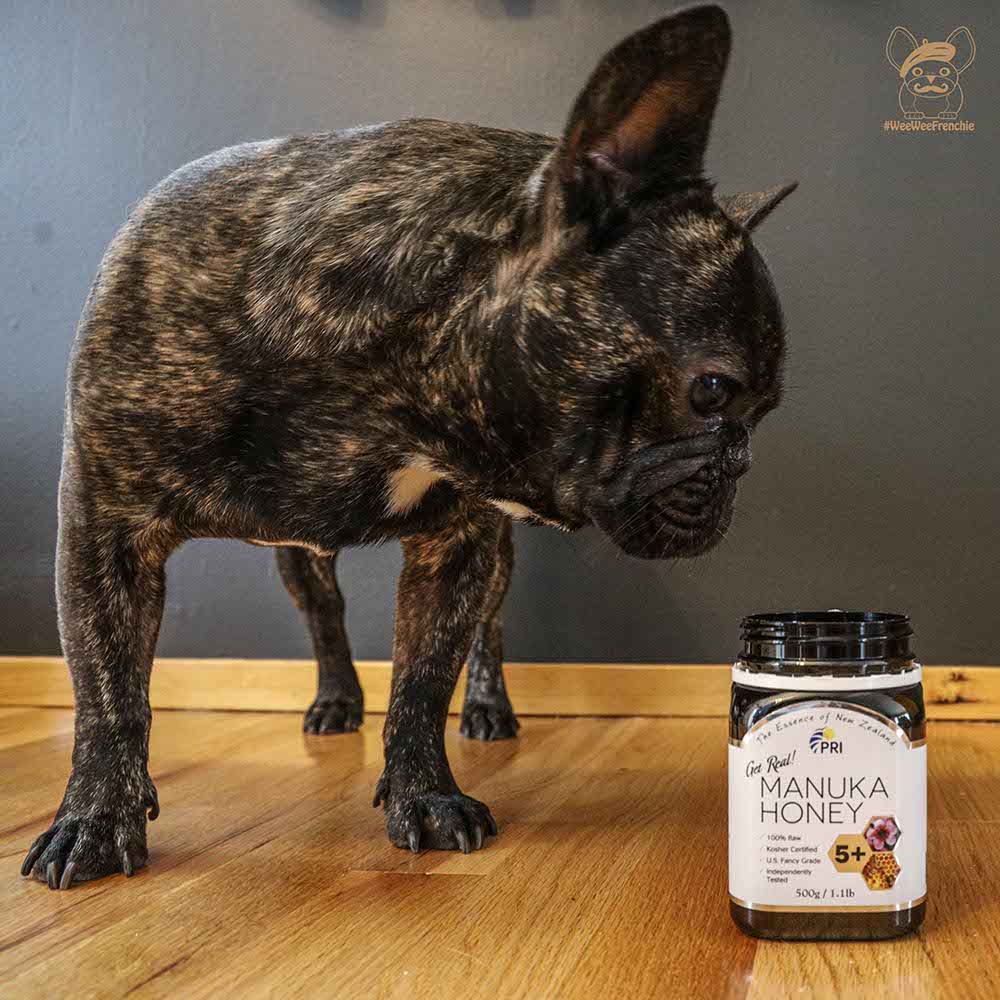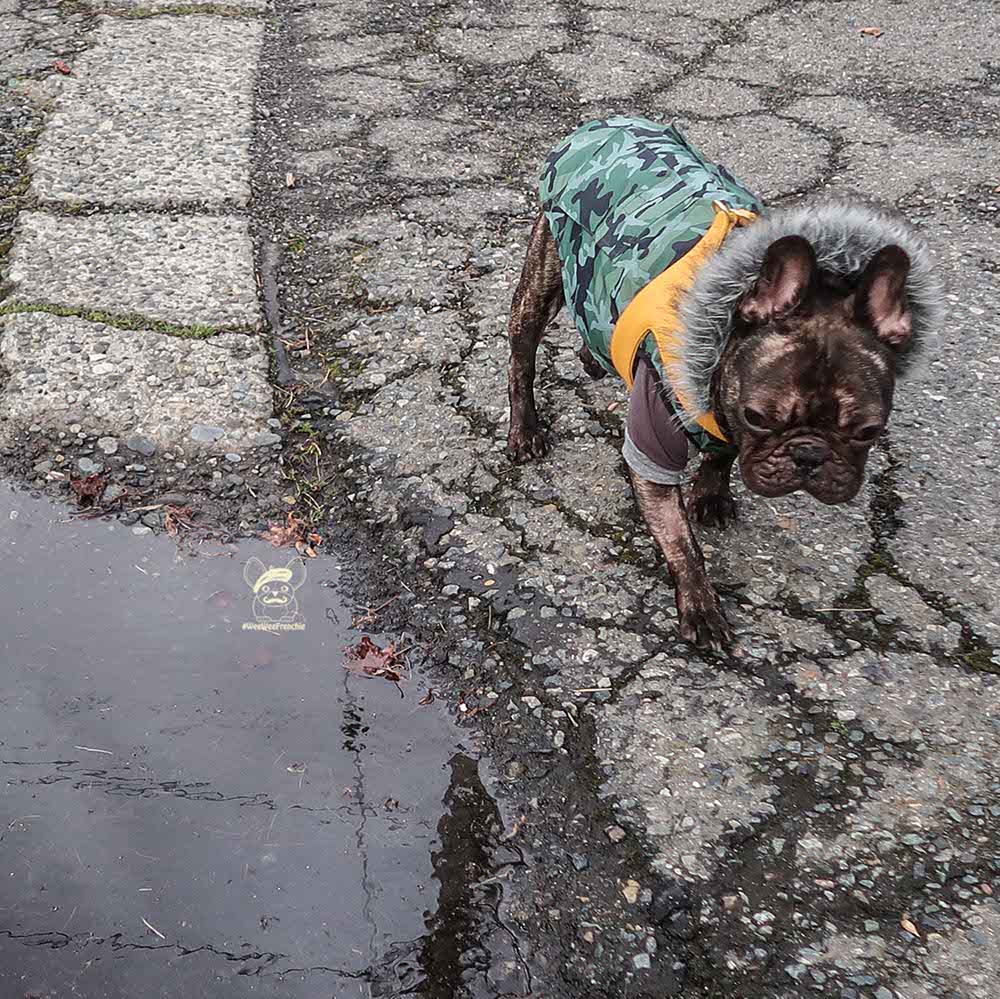Bathing Your Dog - What Do You Need to Know?
There is no way of avoiding it. Your dog stinks, and the only way of removing the stench is with a bath. Bath time should be fun but, for a dog, it can be worse than going to the vet.
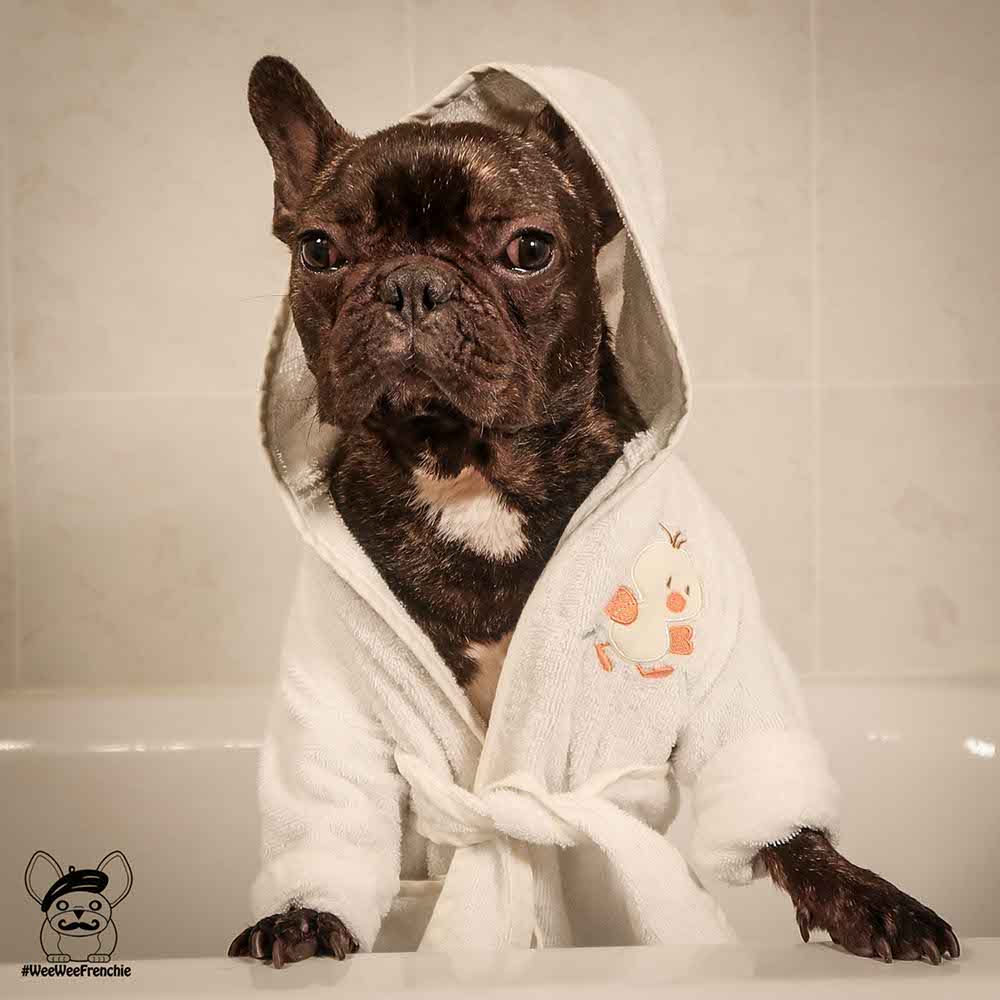
What do you need to know to help keep your dog calm during bath time while also keeping their health the top priority.
If your dog is like my French bulldog, Phoenix, he never had a phobia to baths or water. When he was younger, shampooing my dog was no problem. To my surprise, Phoenix wandered into the shower with me and stood inquisitivity while the water drops sprayed his face and soaked his coat. In that moment, I thought that I had a water-loving dog; however, I quickly noticed the spray of water seemed to bother Phoenix and his curiosity turned to fear. From that moment, I began brainstorming ideas to help make bath time less traumatizing and, hopefully, enjoyable for my dog.
Why bathe
Walking your dog around the city or in a park can expose your dog to many things, such as; mold, insects, dirt, and chemicals. If your dog is prone to allergies, washing can help to remove the allergens that are causing irritation.
Bottom line is that dogs get into things, sometimes really nasty things, and they need a way to remove debris to keep their skin and fur healthy and shiny.
How can baths keep my dog healthy
A collection of dirt or debris on the skin can lead to cracked, irritated skin over time. When skin becomes damaged and cracked, it is easier for bacteria and yeast to penetrate the skin and lead to infections.
Dogs cannot lick every spot on their body so getting a good shampoo keeps the skin happy and healthy.
How often should dogs bathe
When researching this question, there was not one site that recommended the same thing. The short answer is to bathe your dog when he stinks but limit the amount of baths to no more than once a week.
Dogs have delicate skin, much different from a human’s skin, and their fur contains oils that help to create a skin barrier. If you wash your dog too often, you can strip the oils from the coat and cause dry itchy skin. Itchiness can lead to worse problems like irritation, cracked skin, and infections.
For dogs with short fur, like French bulldogs, washing once a month should be ideal to limit odor and remove residue without stripping your dog’s coat of essential oils.
What is the best dog shampoo to use
We recommend finding natural and organic dog products whenever possible. Not only are they safe for your dog but they will not strip all the oil from your dog’s coat.
Try to find a product that does not contain sulfates and parabens. Sulfates are a cleaning agent but can overstrip the fur of natural oils. Parabens are preservatives that have been linked to breast cancer. It is always best to avoid these ingredients because they are not necessary to clean your dog.
There are many natural, organic dog shampoos and conditioners on the market. One brand that we cannot get enough of is Kin + Kind. Check out their whole line of products especially their activated charcoal dog shampoo that removes impurities while brightening whites. It is Phoenix’s personal favorite!
Water Temperature Matters
A dog’s skin is more delicate than human’s skin so be gentle! It is better to use lukewarm water to wash your dog’s skin to prevent dryness and irritation.
Remember: if your dog is shaking, it is likely due to fear or anxiety versus the lukewarm water temperature.
Protect the ears
Water in the ears can feel weird and increase anxiety. Put a cotton ball at the top of the ears to absorb excess moisture during bath time.
Remember: be gentle and do not insert the cotton ball too far into the ear or damage could occur.
Lather & Rinse
Get your dog wet and apply the shampoo. There is no wrong or right way but apply enough shampoo to massage into your dog’s fur and be gentle in sensitive areas, like the groin area.
Personally, I avoid the head area for fear that I will get soap and water into my dog’s eyes. Instead, I wash his face and wrinkles with paraben-free, organic wet wipes.
When rinsing, start at the top of the head/neck, and work your way down to the bottom of the paws. It is better to over-rinse, versus under-rinse, to ensure all soap and residue has been removed.
Create the bath ambiance
Get everything ready for bath time before grabbing your dog. This means getting everything together in the bathroom and ready for use, such as; towels, shampoo (and conditioner), brush, rinse cup, and a blow dryer. If you are prepared, it will make bath time quick and easy.
Learn from your mistakes
This is not as easy as it sounds. It has taken several bath experiences before realizing that Phoenix was not happy with several things during his bath.
Phoenix hated being under the water faucet or being sprayed with water. He preferred water being poured over him. This weird anomaly could be because water pressure was too high or he did not like water gushing over him. Regardless, I realized his preference, and I accommodated.
Phoenix would also try to run away from the water because I was putting him under the faucet, which he disliked. If I put him at the back of the tub, away from the running water, Phoenix would relax long enough to tolerate bath time.
Bathtubs are cold and slippery, and, if careless, you can slip and hurt yourself! Dogs are no exception to falls in tubs! Their pads do not offer much traction control when in a wet tub so use non-slip mats in the tub to help reduce falls and anxiety.
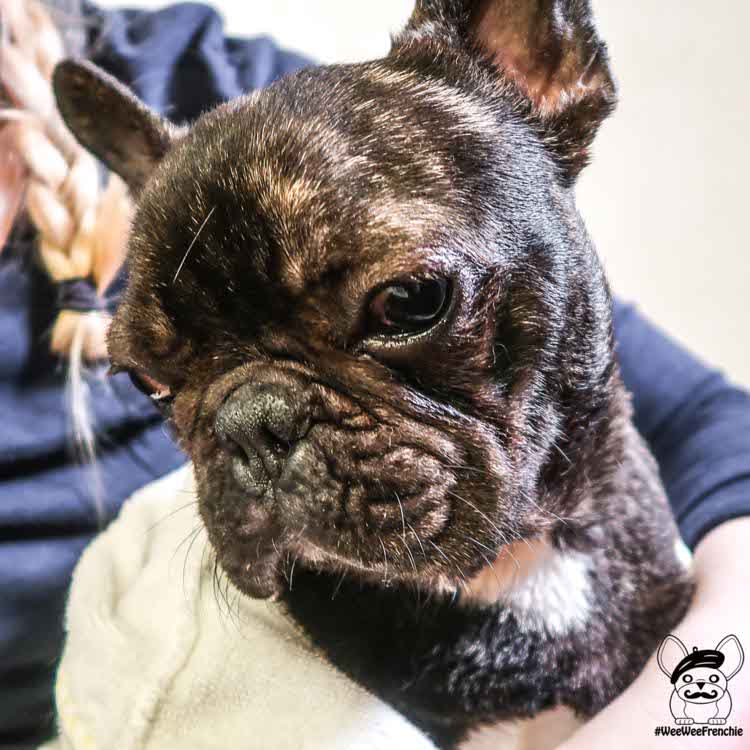
After the bath
Towel dry your dog and reward with treats! Use positive reinforcement and treats to remind your dog how brave they were!
Blow Dry
Even though my dog has short hair, his fur takes hours to dry naturally. Using a blow dryer on a low blower setting, set to medium heat, dries my dog in about 15 - 20 minutes.
There are dog blow dryers for sale but the blower speed looks so powerful that it is like using a tornado to dry your dog’s fur. It cannot be very relaxing to have skin and fur flapping in the wind and feeling like it will fly away at any moment.
Tips
Remember to watch for clues that could be increasing anxiety and fear for your dog during bath time. It may not seem like a big deal to you but could be the missing link to helping your dog relax.
Success! You now have a clean dog!
Bath time is necessary for your dog for removal of debris, residue, and chemicals. Limit bath time to once monthly, or more often, if needed. Watch your dog’s behavior during bath time, and if a certain step seems to be increasing anxiety, then try something different. While bath time may not be your dog’s favorite activity, you want to make the experience tolerable for both you and your dog.

